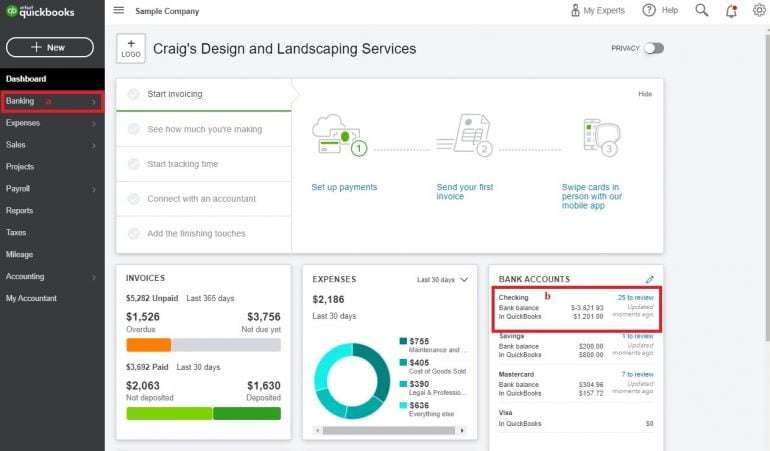In today’s fast-paced financial markets, the ability to transform raw data into actionable insights is paramount for success. Mastering trade analytics is no longer a luxury but a necessity for traders, investors, and financial institutions seeking to optimize their strategies and gain a competitive edge. The sheer volume of data generated daily, from market prices and trading volumes to news feeds and social sentiment, can be overwhelming. However, with the right tools and techniques, this information can be harnessed to uncover hidden patterns, predict market movements, and ultimately, make more informed decisions. Effectively leveraging trade analytics can significantly improve profitability and risk management.
Understanding the Landscape of Trade Analytics
Trade analytics encompasses a broad range of techniques and technologies designed to analyze trading data. This includes:
- Descriptive Analytics: Examining historical data to understand past performance, identify trends, and uncover patterns.
- Diagnostic Analytics: Investigating the reasons behind past performance, identifying the factors that contributed to successes and failures.
- Predictive Analytics: Using statistical models and machine learning algorithms to forecast future market movements and predict potential trading opportunities.
- Prescriptive Analytics: Recommending optimal trading strategies based on predictive models and risk assessments.
Key Strategies for Effective Trade Analytics
To effectively leverage trade analytics, it’s crucial to adopt a strategic approach that encompasses data quality, technology infrastructure, and analytical expertise.
Data Quality and Management
The foundation of any successful trade analytics program is high-quality data. This requires:
- Data Accuracy: Ensuring that data is accurate, consistent, and reliable.
- Data Completeness: Filling in missing data and addressing any gaps in the data set.
- Data Integration: Combining data from various sources to create a comprehensive view of the market.
- Data Governance: Establishing clear policies and procedures for data management.
Technology Infrastructure
A robust technology infrastructure is essential for processing and analyzing large volumes of data. This includes:
- Data Storage: Utilizing scalable and cost-effective data storage solutions.
- Data Processing: Employing powerful data processing tools to clean, transform, and analyze data.
- Data Visualization: Using interactive dashboards and visualizations to communicate insights effectively.
Analytical Expertise
Effective trade analytics requires a team of skilled analysts with expertise in:
- Statistical Modeling: Developing and applying statistical models to analyze data and identify patterns.
- Machine Learning: Using machine learning algorithms to predict market movements and identify trading opportunities.
- Financial Markets: Possessing a deep understanding of financial markets and trading strategies.
Comparative Table: Traditional vs. Advanced Trade Analytics
| Feature | Traditional Trade Analytics | Advanced Trade Analytics |
|---|---|---|
| Data Sources | Limited, Primarily Internal | Extensive, Internal & External (Social Media, News) |
| Analytical Techniques | Basic Statistical Analysis | Machine Learning, AI, Big Data Analytics |
| Focus | Historical Performance Review | Predictive & Prescriptive Insights |
| Decision Making | Reactive, Based on Past Trends | Proactive, Data-Driven |
The future of trading lies in the ability to adapt and embrace new technologies, and trade analytics is at the forefront of this revolution. By focusing on data quality, investing in the right technology, and building a team of analytical experts, financial institutions can unlock the power of data and gain a significant competitive advantage.
But the journey doesn’t end with simply implementing these strategies. The real magic happens when you start to iterate, to question, to push the boundaries of what’s possible. Imagine a world where your trading platform anticipates your needs, suggesting optimal entry and exit points based not just on historical data, but on real-time sentiment analysis gleaned from encrypted messaging channels used by industry insiders. Envision algorithms that not only predict market fluctuations but also identify potential black swan events by analyzing subtle anomalies in global supply chains or shifts in macroeconomic indicators that are imperceptible to the human eye. This is the realm of hyper-personalized, AI-driven trading, where intuition meets computational power, and risk becomes a carefully calculated, almost artistic endeavor.
Beyond the Numbers: The Human Element in Algorithmic Trading
While data and algorithms form the backbone of modern trade analytics, it’s crucial to remember the human element. Algorithms are only as good as the data they are trained on and the assumptions they are built upon. A purely data-driven approach can lead to unexpected consequences, especially in volatile or unprecedented market conditions. This is where human judgment, experience, and ethical considerations come into play.
The Role of Ethical AI in Trade Analytics
As AI becomes increasingly sophisticated, it’s imperative to ensure that it is used ethically and responsibly. This includes:
- Transparency: Understanding how algorithms make decisions and ensuring that they are not biased or discriminatory.
- Accountability: Establishing clear lines of accountability for algorithmic trading decisions.
- Fairness: Ensuring that algorithms are fair to all market participants and do not exploit vulnerable investors.
The Symbiotic Relationship Between Humans and Machines
The future of trade analytics lies in a symbiotic relationship between humans and machines, where humans provide the context, creativity, and ethical oversight, while machines handle the heavy lifting of data processing and analysis. This collaborative approach can lead to more informed decisions, reduced risk, and ultimately, greater profitability.
Unlocking the Future of Trade Analytics: Quantum Computing and Beyond
The evolution of trade analytics is far from over. Emerging technologies like quantum computing hold the potential to revolutionize the field, enabling traders to analyze vast datasets and solve complex optimization problems that are currently intractable. Imagine algorithms that can simulate entire market ecosystems, predicting the impact of every trade and identifying hidden opportunities with unparalleled accuracy. This is the promise of quantum trade analytics, a future where the boundaries of what’s possible are constantly being redefined.
Looking ahead, the strategic implementation of trade analytics isn’t just about optimizing profits; it’s about navigating an increasingly complex world with greater awareness and responsibility. The real success will be measured not just by the bottom line, but by the positive impact we have on the financial ecosystem and the world at large.

